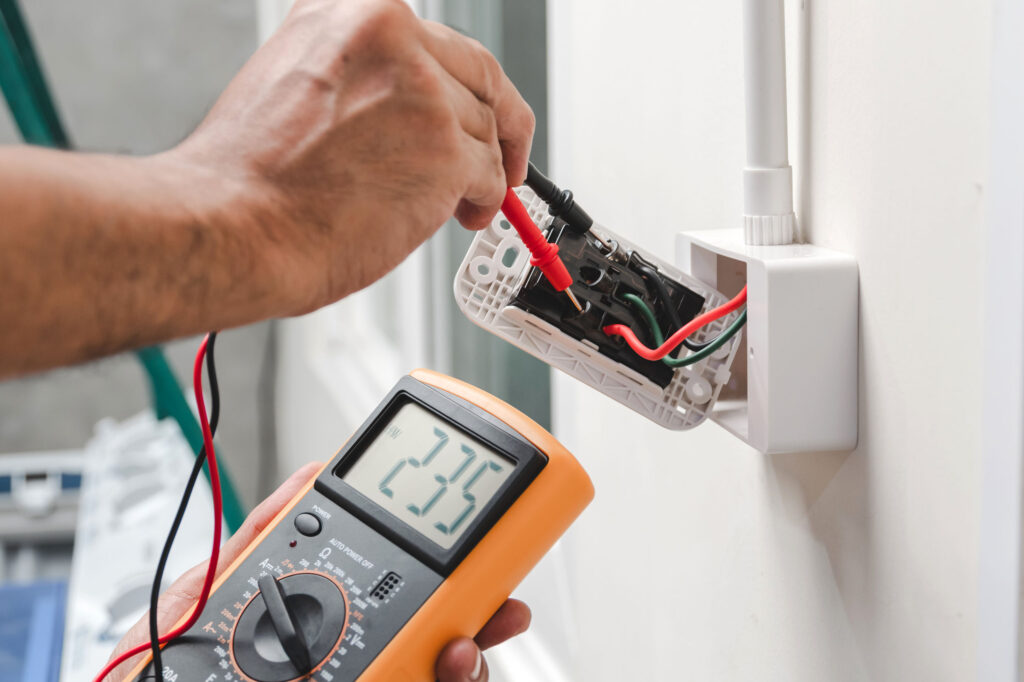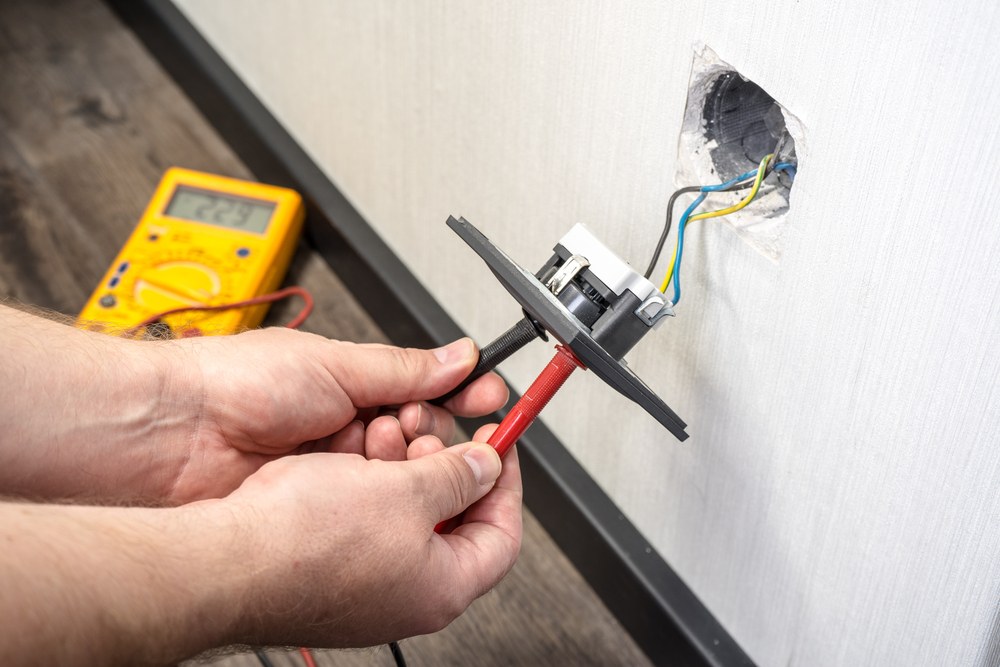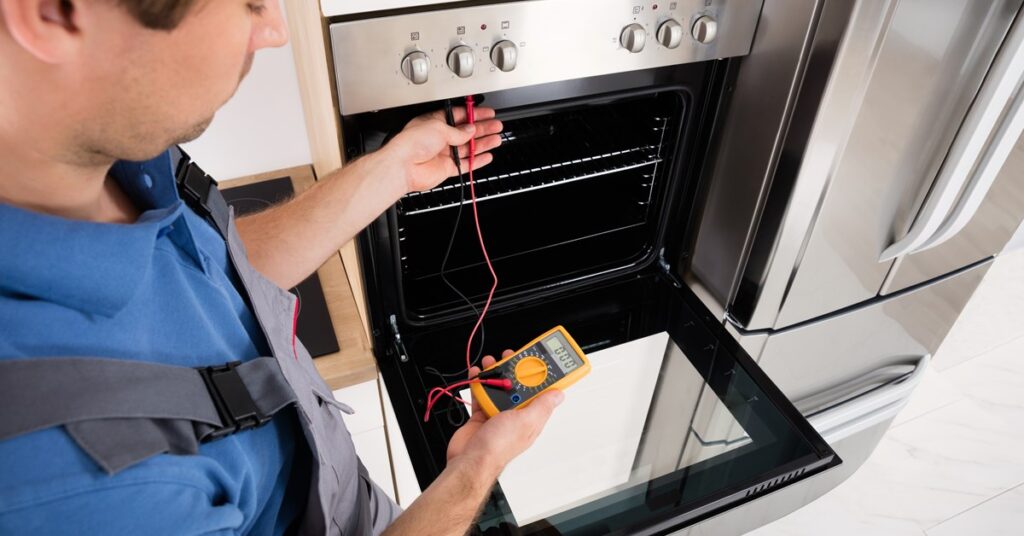Are you looking to ensure your electrical safety, but baffled by PAT testing? You’re not alone. This guide will help you understand the basics of PAT testing and ensure that you meet legal standards when it comes to your electrical safety. Take a deep breath and let’s dive into the fundamentals of PAT testing now.
What Is PAT Testing?

PAT (Portable Appliance Testing) Testing is a process by which electrical appliances, gadgets, and tools are tested for safety and functionality. This type of inspection is meant to identify any faulty equipment or devices that may be hazardous to individuals or properties.
During a PAT test, a qualified technician examines each appliance for damage or deterioration and checks for any deviations from local codes. This can include checking energy efficiency labels, inspecting internal wiring, testing residual current devices (RCDs) and earth leakage currents (ELCs), assessing insulation resistance and grounding efficacy, as well as visual examinations of the external condition of the appliance.
The aim of PAT testing is to ensure that all electronics meet local legal standards. This includes identifying any potential arcing or sparking hazards as well as ensuring that all connectors and switches are securely fastened. The technician also inspects appliances whose functions have an impact on fire safety such as microwaves, kettles, irons, freezers/refrigerators, etc., in addition to items such as computers and printers which could easily cause electric shocks if not in good working condition.
What Is Included in a PAT Test?
The PAT Test includes a comprehensive examination of the following components:
Visual Examination

Checking for obvious damages such as fraying or cuts in the cables, cracks, wear and tear in their construction, and general neatness. This part of the test also looks to identify any non-field elements such as missing or nonfunctional safety switches, loose plug connectors, and incorrect fusing where applicable.
Insulation Resistance Testing
This test is conducted to check that there are no failures with the wiring or insulation between live parts within each appliance or lead, as well as between each conductor/hot/neutral/earth combination.
Polarity Check

The polarity of a plug checks whether all elements in a plug are wired correctly making sure there is no confusion about “live” vs “neutral” elements.
Earth Continuity Check
To check that an adequate earth connection has been installed prohibiting electricity from being directed back into contact with humans.
Functional Check

This component looks at how an appliance will perform when it is used through normal operation cycles so any problems can be identified before further use occurs.
When Should a PAT Test Be Carried Out?
Under UK legislation, it is the responsibility of employers and other persons in control of equipment to take all reasonable steps to ensure that it is safe for use. In order for this to be achieved, many electrical items and appliances must be subjected to a portable appliance test (PAT). The test ensures that all appliances meet basic legal standards and are fit for purpose.
The frequency at which a PAT test needs to be carried out depends on the type of equipment, its environment and its usage. Under Health and Safety Executive (HSE) guidelines, regular inspections should take place every 12 months with a more thorough assessment every 3-5 years. Portable items such as gardening tools can also benefit from irregular testing if used over extended periods or in extreme conditions.
It should also be noted that any new electrical equipment must immediately be subject to PAT testing before it can become operational in the workplace or home setting. Furthermore, any items that have been repaired or moved often require PAT testing prior to resumption of use or normal service. Certain appliance types may call for further checks such as Earth Continuity Testing depending on their individual ratings, so employers should always review existing PAT inspection guidelines before undertaking any tests or inspections themselves.
What Are the Legal Requirements for PAT Testing?

In the United Kingdom, the relevant laws relating to PAT testing come from the Electricity at Work Regulations 1989. These regulations require that all businesses identify any potential electrical hazards and carry out regular inspection, maintenance, and testing of all appliances in order to comply with their ‘duty of care’ towards their employees or any other persons who may be affected by these activities.
It is best practice to have a documented PAT Testing program in place. This should include information on what needs to be tested, how often tests should occur (frequency), who will carry out the tests (competence) as well as any corrective action needed for identified faults within a set timeframe. A record-keeping system should also form part of this process too – each appliance should have its own unique identifier, and results from each test must be noted down along with laboratory reports where required by manufacturers or industry standards, etc.
Any business failing to meet these requirements could face stiff penalties from authorities or compensation claims from individuals if harm occurs as a result of defective equipment due to lack of maintenance or proper testing procedures not being followed. The consequences for non-compliance can be severe so make sure you have relevant policies and implementation strategies in place prior to beginning your PAT Testing regime.
Conclusion

In conclusion, PAT testing is an essential contribution to the safety of any workplace and compliance is vital to meeting the legal standard in your area. While it may seem like a daunting task, familiarity with the equipment and best practices can go a long way when performing PAT tests. This guide has provided you with an overview of the steps involved in setting up and carrying out PAT testing, as well as some common scenarios that may arise and tools you can use.
When it comes to electrical safety, knowledge is power—so make sure to stay informed of developments in legislation and safety standards so that your workplace adapts accordingly. Additionally, having a professional to handle all of your appliance testing requirements will save precious resources, allowing you to rest assured that your facility will remain safe for everyone.













